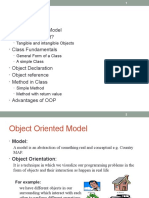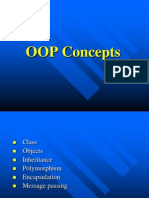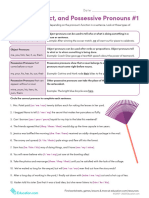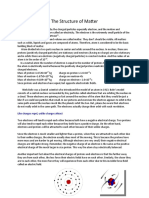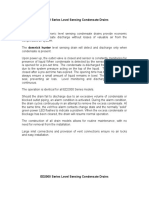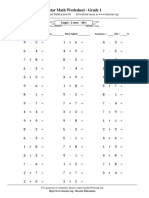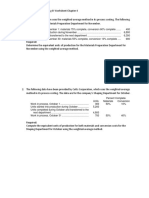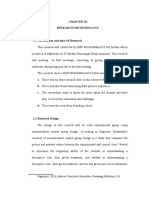0% found this document useful (0 votes)
30 views21 pages(Lec-13) Java SE
This document discusses object-oriented programming concepts like classes, objects, abstraction, encapsulation, polymorphism, and inheritance. It explains that classes define the structure and behavior of objects. The three main pillars of OOP are abstraction, encapsulation, and polymorphism. Inheritance allows a class to inherit properties from another class. The document also demonstrates how to define a class with data members and methods, and how to create an object of that class to access its properties. It notes that directly accessing data members from outside the class violates encapsulation.
Uploaded by
malise2997Copyright
© © All Rights Reserved
We take content rights seriously. If you suspect this is your content, claim it here.
Available Formats
Download as PPTX, PDF, TXT or read online on Scribd
0% found this document useful (0 votes)
30 views21 pages(Lec-13) Java SE
This document discusses object-oriented programming concepts like classes, objects, abstraction, encapsulation, polymorphism, and inheritance. It explains that classes define the structure and behavior of objects. The three main pillars of OOP are abstraction, encapsulation, and polymorphism. Inheritance allows a class to inherit properties from another class. The document also demonstrates how to define a class with data members and methods, and how to create an object of that class to access its properties. It notes that directly accessing data members from outside the class violates encapsulation.
Uploaded by
malise2997Copyright
© © All Rights Reserved
We take content rights seriously. If you suspect this is your content, claim it here.
Available Formats
Download as PPTX, PDF, TXT or read online on Scribd
/ 21


























